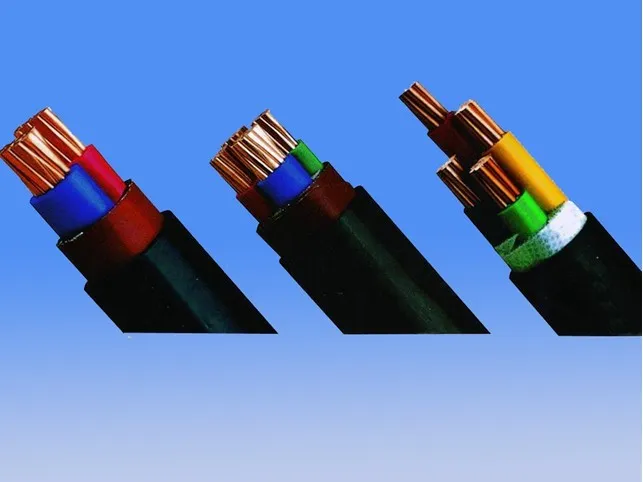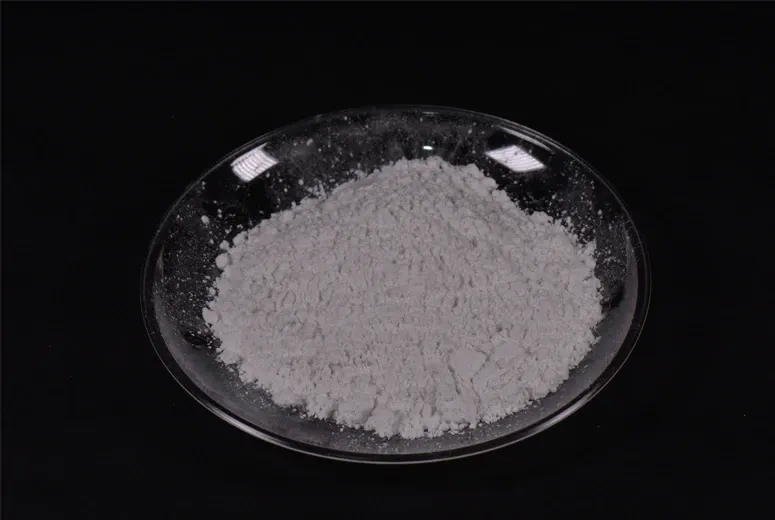Feb . 15, 2025 06:41
Back to list
40-D Mica Powder
The utilization of mica in automobile paint represents a fascinating intersection of advanced material science and the evolving needs of the automotive industry. Mica, a naturally occurring mineral known for its shimmering and reflective properties, has become an invaluable component in automotive paints, providing both aesthetic and functional enhancements that resonate with industry trends focused on performance and durability.
Technical implementation and expertise play critical roles in maximizing the benefits of mica in automotive applications. To achieve the desired effects, including pigment dispersion and consistent finish, it is essential for manufacturers to employ precise formulation techniques. This requires expertise not only in chemistry but also in process engineering and quality control. Manufacturers must ensure that the mica particles are uniformly distributed throughout the paint medium and that they adhere correctly to the vehicle's surface. A commitment to research and development is crucial to harness the full potential of mica in automobile paint. Continuous advancements in resin technology, coupled with innovations in mica processing and particle size distribution, have allowed automotive coatings to improve significantly in recent years. Professionals working within this field need to be abreast of the latest developments and techniques to provide cutting-edge solutions that meet the diverse needs of automotive clients. Moreover, the trustworthiness of automotive coatings enhanced with mica largely hinges on the reputation of the suppliers and manufacturers. Companies must adhere to stringent quality standards and engage in transparent business practices to build credibility. Establishing partnerships with reputable raw material suppliers and investing in robust testing facilities are critical steps in delivering products that meet or exceed customer expectations. In conclusion, mica's application in automobile paint is a testament to the role of mineral innovation in advancing automotive design and sustainability. Its ability to deliver dazzling visual effects while enhancing durability and environmental compatibility distinguishes it as a preferred choice for modern automotive coatings. Companies engaging with mica must leverage expertise across multiple disciplines to fully exploit its potential, ensuring that they remain at the forefront of automotive trends while upholding the highest standards of quality and environmental stewardship.


Technical implementation and expertise play critical roles in maximizing the benefits of mica in automotive applications. To achieve the desired effects, including pigment dispersion and consistent finish, it is essential for manufacturers to employ precise formulation techniques. This requires expertise not only in chemistry but also in process engineering and quality control. Manufacturers must ensure that the mica particles are uniformly distributed throughout the paint medium and that they adhere correctly to the vehicle's surface. A commitment to research and development is crucial to harness the full potential of mica in automobile paint. Continuous advancements in resin technology, coupled with innovations in mica processing and particle size distribution, have allowed automotive coatings to improve significantly in recent years. Professionals working within this field need to be abreast of the latest developments and techniques to provide cutting-edge solutions that meet the diverse needs of automotive clients. Moreover, the trustworthiness of automotive coatings enhanced with mica largely hinges on the reputation of the suppliers and manufacturers. Companies must adhere to stringent quality standards and engage in transparent business practices to build credibility. Establishing partnerships with reputable raw material suppliers and investing in robust testing facilities are critical steps in delivering products that meet or exceed customer expectations. In conclusion, mica's application in automobile paint is a testament to the role of mineral innovation in advancing automotive design and sustainability. Its ability to deliver dazzling visual effects while enhancing durability and environmental compatibility distinguishes it as a preferred choice for modern automotive coatings. Companies engaging with mica must leverage expertise across multiple disciplines to fully exploit its potential, ensuring that they remain at the forefront of automotive trends while upholding the highest standards of quality and environmental stewardship.
Prev:
Next:
Latest news
-
Transforming Surfaces with Mica-Enhanced Paints in Coatings and DecorationNewsJul.02,2025
-
The Ultimate Guide to Mica-Based Luminous Colors with Pearlescent PigmentNewsJul.02,2025
-
The Critical Role of Mica in Industrial Applications in Welding and Oil FieldsNewsJul.02,2025
-
Revolutionizing Automotive Aesthetics with Modified Plastics Pearlescent PigmentsNewsJul.02,2025
-
The Secret with Mica Powder for Cosmetics Behind Radiant, Natural MakeupNewsJul.02,2025
-
Enhancing Performance in Polymer Applications with Mica Powder for RubberNewsJul.02,2025
Products categories









